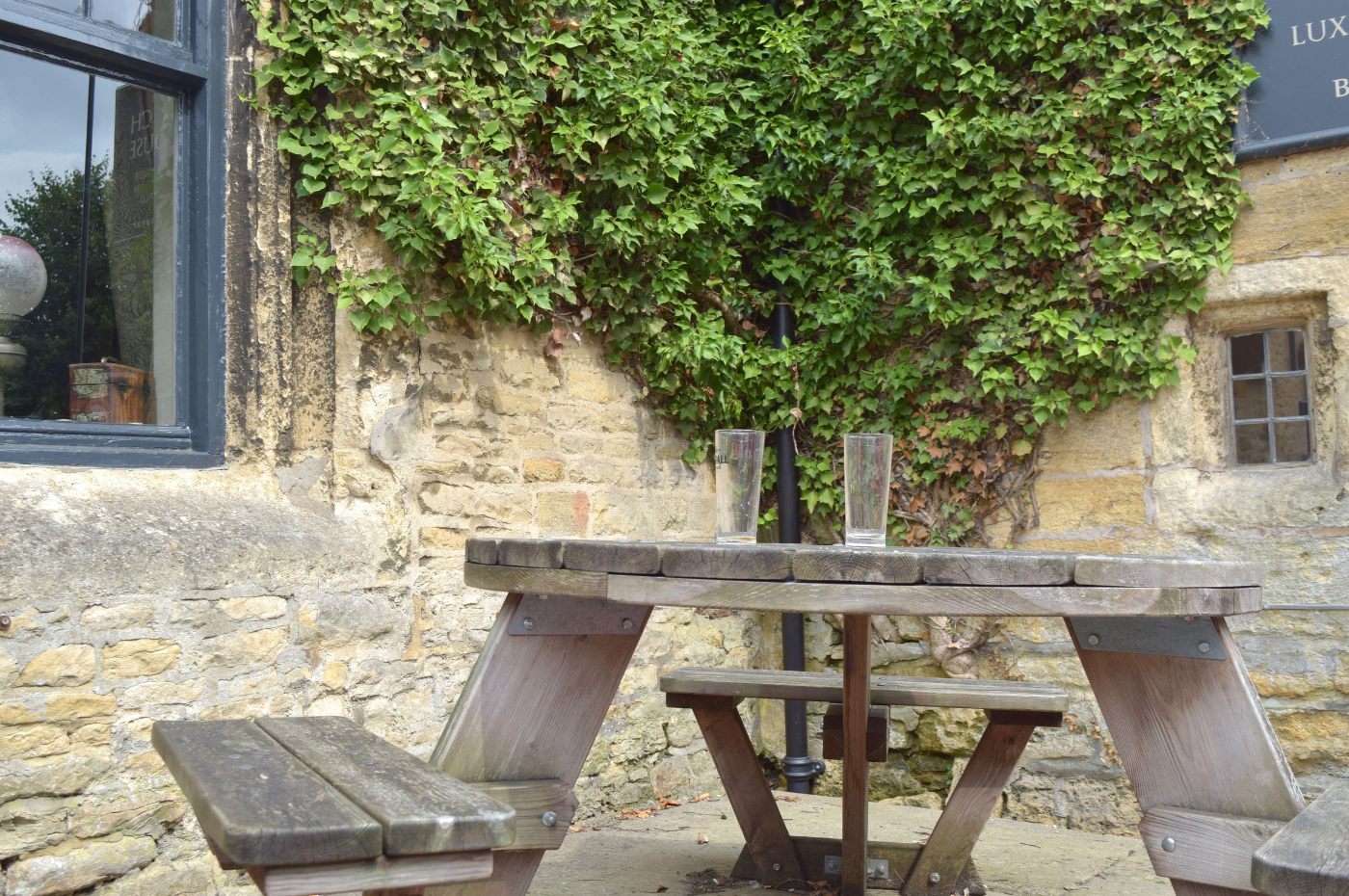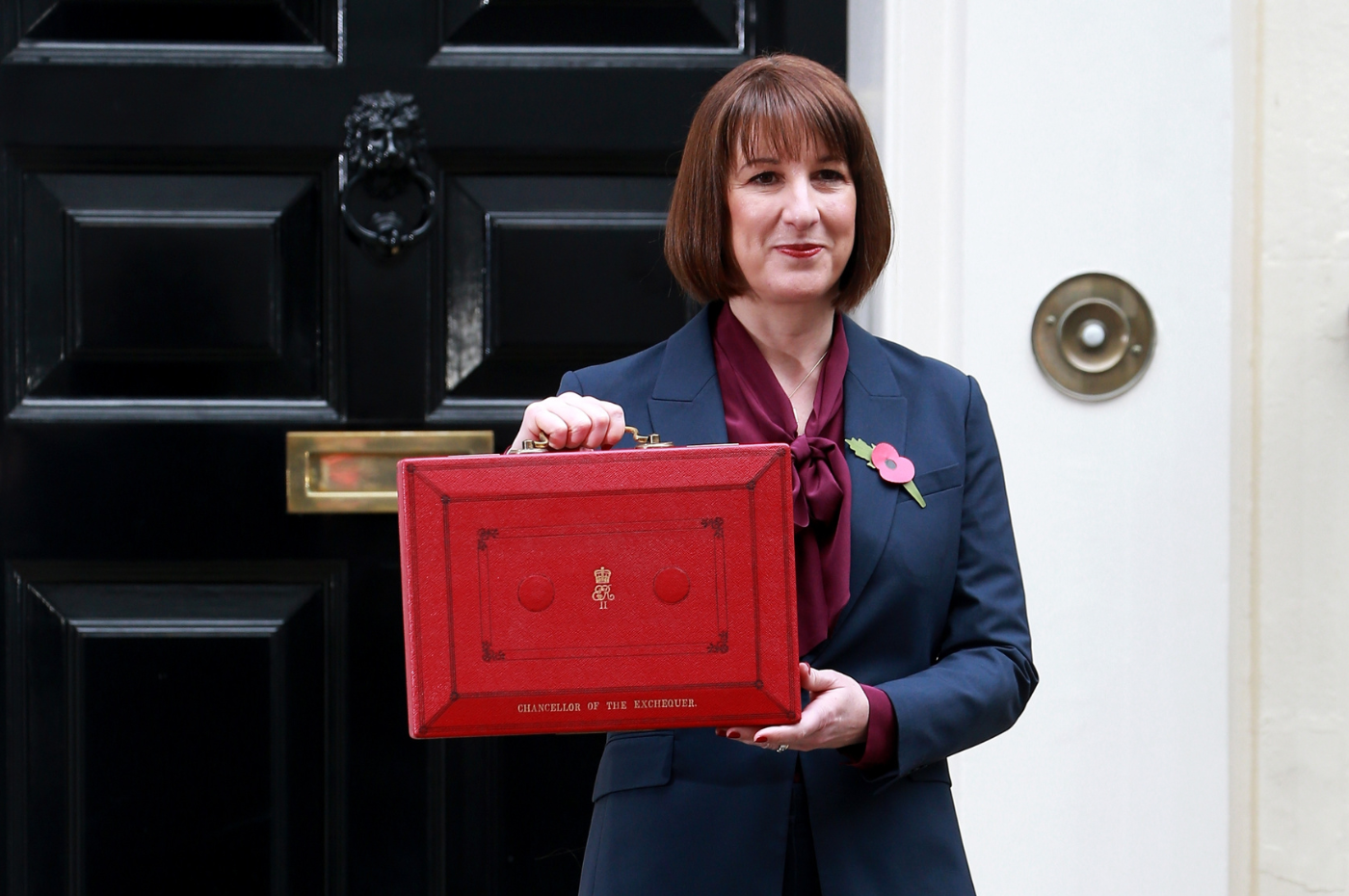Calling time on the country pub?
Since the Budget, countryside pubs and businesses saw rate bills soar - and...
View Details
There can be few more glorious venues than Chatsworth in the spring and we were lucky enough to be able to host the Future Countryside conference there on Tuesday (20 May). Delegates from a vast range of rural organisations heard contributions from speakers as diverse as the current custodian of the Chatsworth Estate Lord Burlington, historian Tristram Hunt, ex-Defra Secretary Michael Gove, poet Yvonne Witter, rewilding guru Alistair Driver, Agriculture Minister Daniel Zeichner and a panel of ‘Gen Z’ farmers and conservationists.
This was the third year we have put on this event and, whilst we are never going to find complete agreement from groups as diverse as the Badger Trust, RSPB, National Trust, NFU and CLA, I am sure that they have all taken something away from it, even if only a greater understanding of the perspective of people outside their own bubbles. The whole theme of the conference is how the countryside meets the multiple and often conflicting demands placed on it from renewing nature, to tackling climate change, growing food and providing health benefits to the nation, all whilst sustaining rural communities.
These challenges were highlighted the afternoon before the conference when I was lucky enough to be shown round the National Trust’s Longshaw Estate with some of the delegates. Longshaw has a fascinating history which is intertwined with so much we would discuss the next day. The house was originally a shooting lodge built by a Duke of Rutland in the 19th Century as grouse shooting became a landscape defining activity. It was sold in the 1920s to address death duties, the inheritance tax of the time, and purchased by local groups after fundraising by environmental and access activists. This was the age of aggressive campaigning for access to the countryside made famous by the mass trespass at Kinder Scout in 1932. The estate was opened to all and then in the 1930s was passed to the National Trust. It is now managed mainly for nature with some sheep and cattle farming. Open access has been maintained, but managers are honest about the challenges that can bring.
From Longshaw you can look out over the Peak District and moors that are still managed for grouse, farms producing food and other estates managed primarily for nature. This illustrated perfectly the purpose of Future Countryside which is to put organisations representing every form of land use in the same room to move towards an agreement on how we create a future for the countryside that balances all of our priorities.
You can watch the livestream of Future Countryside 2025 conference on demand here.

Since the Budget, countryside pubs and businesses saw rate bills soar - and...
View Details
Yesterday (26 November) the Chancellor of the Exchequer rose to deliver a...
View Details
The Countryside Alliance says rural crime is outpacing policing, with rising...
View Details